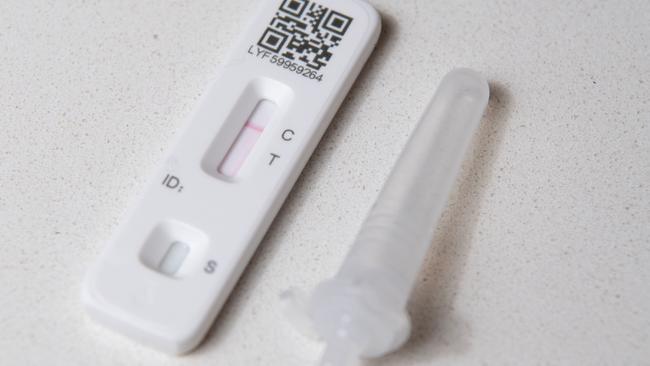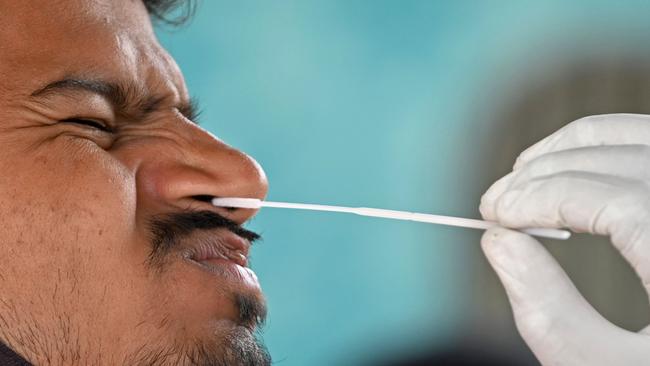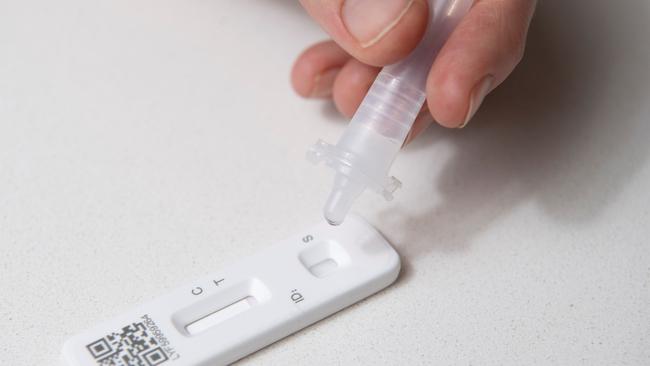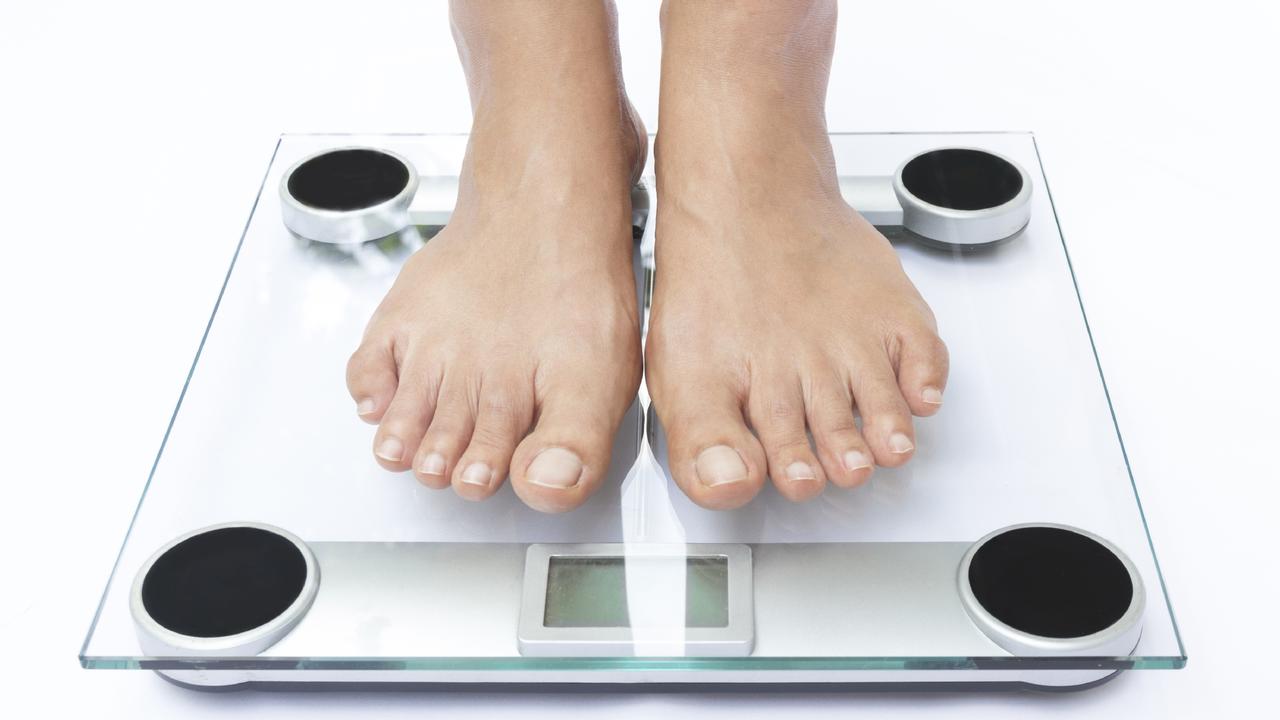Everything you need to know about the best rapid antigen tests
Rapid antigen tests are in high demand and short supply. Here are the best ones available and everything you need to know about using them.

Science
Don't miss out on the headlines from Science. Followed categories will be added to My News.
Two years into the global pandemic, rapid antigen tests have received mixed reactions and even some scepticism towards their effectiveness when compared to gold standard PCR tests.
In Australia, public access to the tests only openec in November. Previously, only health professionals were able to administer them.
Supply issues have also held the nation back, driving a country of late bloomers who are confused about how to effectively use the tests.
But with skyrocketing cases across multiple states and the tests now becoming the dominant Covid-testing method in Australia, many are wondering about how to use them effectively.

There are 22 types of rapid antigen tests approved for use in Australia by the Therapeutic Goods Administration, who have listed the most accurate tests on their website.
The TGA sets the minimum clinical sensitivity a testing kit must achieve at 80 per cent.
With the tests in short supply, those who suspect they have Covid have been encouraged to use them if they are showing symptoms or are a close contact to a confirmed case.
There is also advice for those wanting to do an at-home rapid antigen test to wait a day after their symptoms, isolating in the meantime.
“Testing once you’ve had a day of symptoms, when you’ve reached the peak viral load, the test will pick that up more accurately,” said Karen Price, from the Royal Australian College of General Practitioners.
“Doing them serially, every second day, is also quite a good way to keep checking up on yourself.”

Some Australians have reported completing multiple rapid antigen tests with negative results, to only then test positive following a PCR test.
The issue has been put down to two reasons – either there isn’t enough of a viral load in an individual’s system to be picked up, or the technique is incorrect.
Dr Price said most swabs correctly inserted into the nostril would not be painful but would likely be unpleasant.
She said to make sure to insert the swab high enough into the nostril that your eyes begin to water, before rotating the swab, then repeating in the second nostril.
“Make sure you give it a swirl, in and out like a dart, pick up the lovely mucus, make sure it’s all moist – because the moistness is where the virus will live,” Dr Price said.
“You need to put it in about a couple of centimetres so you’ve got into the back of your nose.
“For adults I’d say it’s a bit weird, uncomfortable, it might make you want to sneeze. But it shouldn’t be painful, because then you’ve probably gone too far.”

Most of the RATs on offer are self-administered nasal swabs that can easily be done at home.
While the tests vary and it is vital to follow the kit’s instructions, many include a swab inserted into the mouth or nose before the swab is dipped into a liquid solution and then dripped into the testing kit.
Demonstrations on how to use the test can also be accessed by googling your kit.
Here is a short breakdown of the procedure:
- Collect the sample by swabbing and rotating the cotton swab inside both nostril
- Place the swab inside the testing well
- Add the liquid testing solution
- Wait for 15 to 30 minutes to get a result

To know the test is valid there needs to be a control line next to the ‘C’ on the testing well, while a second line would indicate that you’re positive.
Royal Melbourne Hospital nurse unit manager of screening services Emma Gardiner said it was important to follow the kit’s instructions, and test and isolate as soon as you notice symptoms.
She also said it was important to check the expiry date, and not leave any swabs or kits in direct sunlight.
“The common mistakes I’ve heard are people accidentally spilling the buffer agent and using water instead, which led to one person reporting a positive test when they were negative,” Ms Gardiner said.
“A good way to know you’re doing it correctly is your eyes will water or you will sneeze, depending on your sensitivity.
“For a throat swab, it would usually prompt your gag reflex.”
Originally published as Everything you need to know about the best rapid antigen tests


